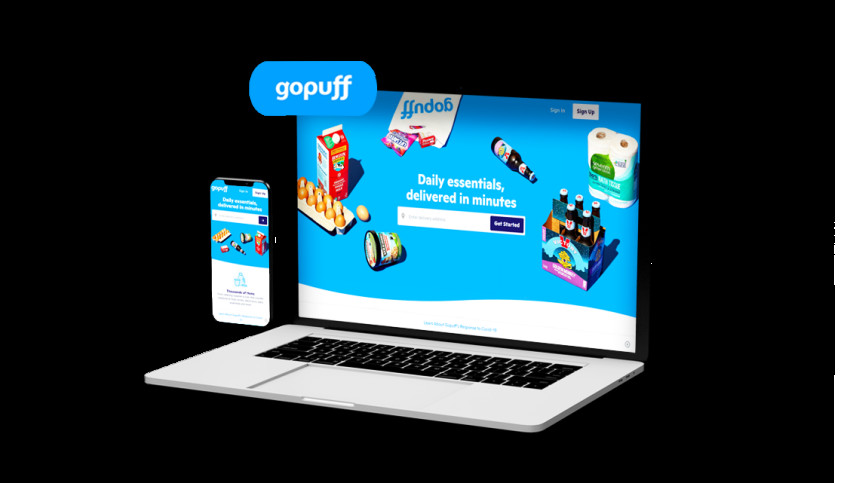
In today's fast-paced world, convenience has become the holy grail for consumers. We live in an era where we can get almost anything we need delivered to our doorstep with a few taps on our smartphones. Gopuff, the on-demand delivery service, is a prime example of this trend. With its vast selection of products ranging from snacks and drinks to household essentials, Gopuff has quickly become a go-to solution for those seeking instant gratification. But have you ever wondered what goes on behind the scenes to make all this happen? In this article, we'll delve into the Gopuff API, which allows us to scrape menu data and uncover the fascinating world of on-demand delivery.
Understanding Gopuff and its API
Before we dive into scraping Gopuff's menu data, let's gain a clear understanding of what Gopuff is and what an API is.
Gopuff is an on-demand delivery platform that offers a wide range of products, often delivered within 30 minutes. From ice cream to over-the-counter medicines, Gopuff aims to deliver convenience at your doorstep, making it a lifesaver for busy individuals, college students, and anyone who doesn't want to leave the comfort of their home.
An API, or Application Programming Interface, is a set of rules and protocols that allows one software application to interact with another. In the case of Gopuff, it exposes an API that allows developers to access and retrieve data related to its menu and services.
Why Scrape Gopuff Menu Data?
Scraping menu data from Gopuff can serve various purposes. Here are a few reasons why this information can be valuable:
Menu Analysis: Businesses can use Gopuff's menu data to analyze market trends and understand what products are in demand. This information can be critical for stock management and product placement.
Price Comparison: Consumers can use the data to compare prices across different platforms, ensuring they get the best deal on their favorite products.
Personalization: App developers and marketers can use menu data to create more personalized user experiences, offering recommendations based on a user's preferences and purchasing history.
Inventory Tracking: Store owners who sell products through Gopuff can track the availability of their items, ensuring they never run out of stock.
Scraping Gopuff Menu Data: The How and Why
Scraping data from a website, especially one as dynamic as Gopuff, can be a complex task. It involves making HTTP requests, parsing HTML, and handling data in various formats. Developers often use programming languages like Python and libraries like BeautifulSoup and Scrapy to scrape data effectively.
Here's how the process works:
Sending HTTP Requests: To access Gopuff's data, you send HTTP requests to their servers, specifying the endpoint you want to access. In this case, you'd likely request the menu data.
Parsing HTML: Once you receive a response from Gopuff, it's typically in HTML format. You use a parser like BeautifulSoup to extract the relevant information, such as product names, descriptions, and prices.
Data Cleaning: Data retrieved from web scraping may contain noise, inconsistencies, or unwanted information. Data cleaning is crucial to ensure the accuracy and usability of the collected data.
Storing Data: Depending on your needs, you can store the scraped data in various formats, such as CSV, JSON, or a database.
Automation: If you intend to perform regular updates or continuous monitoring, you can automate the scraping process.
Legal and Ethical Considerations
It's important to mention that scraping data from a website without permission can be legally and ethically problematic. Many websites have terms of service that explicitly prohibit web scraping. Developers should always respect the website's policies and consider obtaining permission when scraping data.
Conclusion
In a world where convenience is king, services like Gopuff are becoming increasingly popular. Their APIs, such as the one allowing menu data scraping, offer a treasure trove of information that businesses and consumers can leverage to make informed decisions.
Scraping Gopuff menu data opens the door to various possibilities, from analyzing market trends to creating personalized user experiences. However, developers must always adhere to ethical guidelines and respect the terms of service of the platform they are scraping.
As we continue to navigate the digital age, the synergy between technology and convenience is poised to reshape our daily lives continually. So, the next time you order a late-night snack or a household essential through Gopuff, remember the intricate process that enables these on-demand delights.





